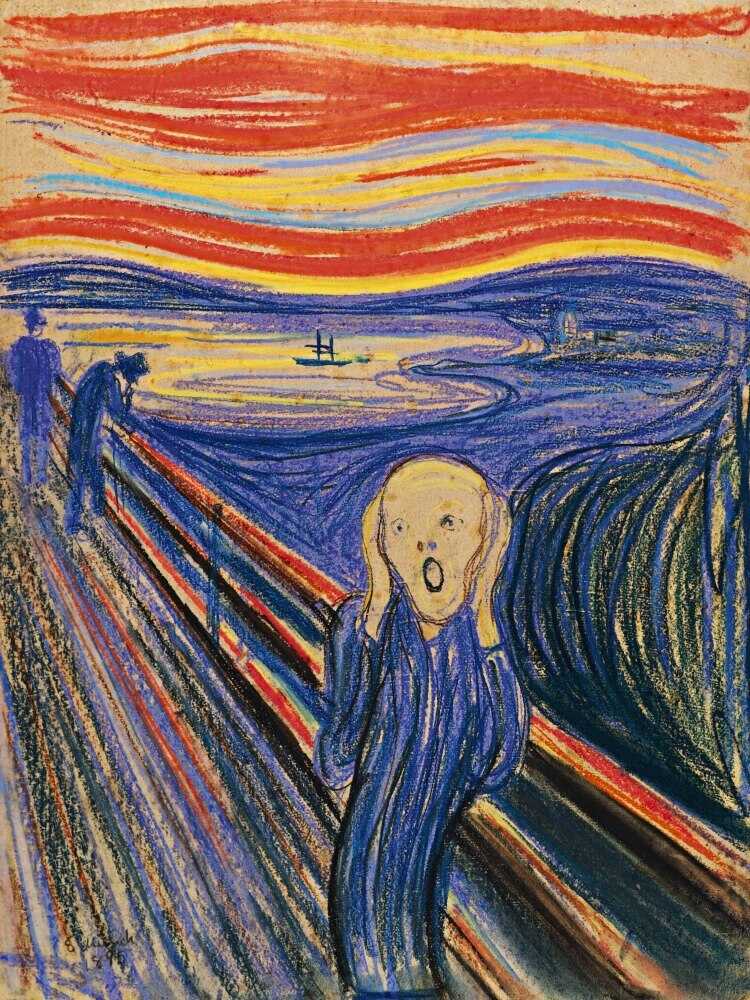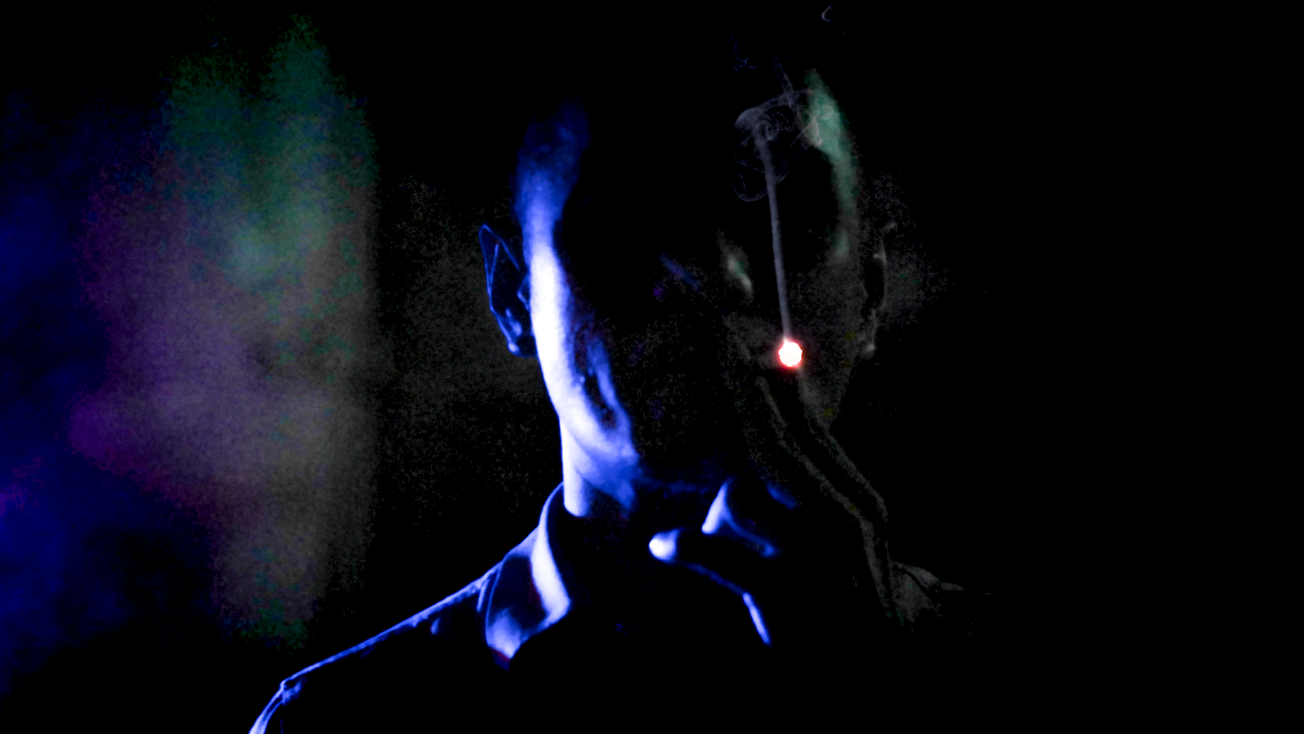Keywords: Josef Ganz, Volkswagen Beetle, automotive history, Jewish inventor, Hitler's Germany, forgotten genius. Three words: Intriguing, Historical, Inspiring
Introduction
The documentary "Ganz: How I Lost My Beetle" is a captivating exploration into the life and works of Josef Ganz, the automotive genius whose designs greatly influenced the development of the Volkswagen Beetle. Directed by Suzanne Raes and released in 2019, it dives into a riveting part of automotive history, uncovering the forgotten story of a Jewish inventor in Hitler's Germany.
Synopsis
The film portrays the incredible journey of Josef Ganz, a visionary who recognized the potential of cars to transform everyday life. However, his Jewish identity became a threat in Hitler's Germany, leading Ganz to flee, leaving behind his innovative designs. From his exile, he watched his design evolve into the globally renowned Volkswagen Beetle, but his contribution remained unsung until his death.
More Film Analysis
Analysis
Suzanne Raes takes a deep dive into the complex world of automotive design and history, combining meticulous research and compelling storytelling. The film successfully sheds light on the overlooked story of Josef Ganz, illuminating the intricacies of his designs and the circumstances that led to his obscurity.
Historical and Factual Context
The documentary gives viewers a comprehensive background of Germany under Hitler's rule, highlighting the marginalization of Jews and their contributions during that era. This historical context is crucial in understanding the circumstances that led to Ganz's exile and the erasure of his pivotal role in automotive history.
Key themes in the film
- The power of innovation
- The struggles of Jewish people in Nazi Germany
- The erasure of history
- The importance of recognition and credit in the realm of invention
Film Comparisons
"Ganz: How I Lost My Beetle" can be compared to "Who Killed the Electric Car?" Both documentaries delve into the world of automobile innovation and the forces that can suppress groundbreaking ideas.
Noteworthy Moments
One of the most significant moments in the documentary is when Ganz, in exile, watches his design evolve into the Volkswagen Beetle, without any recognition of his contributions.
Reviews
The documentary has been well received by audiences, with an IMDB rating of 7.5. Critics have praised it for its meticulous research and compelling narrative.
Conclusion
"Ganz: How I Lost My Beetle" is a must-watch for anyone interested in automotive history, the plight of Jews in Nazi Germany, and the power of innovation. It serves as a poignant reminder of the unsung heroes in every field whose stories deserve to be told.
More film information:
FILM SUMMARY
- IMDB score: 7.5
- Rotten Tomatoes score: N/A
- Metacritic score: N/A
- Film festival awards: N/A
PERSONALITIES
- Josef Ganz: The innovative automotive designer who created the original design that inspired the Volkswagen Beetle.
- Adolf Hitler: The dictator under whose rule Ganz had to flee Germany, leading to his designs being appropriated without credit.
LOCATIONS
- Germany: The birthplace of Ganz and the origin of his revolutionary designs.
- Switzerland: The country where Ganz sought refuge after fleeing from Germany.
Key Questions Raised by the Film:
- How does history often overlook the contributions of marginalized communities?
- How can recognition and credit impact the trajectory of innovation?
Links for Further Exploration:
I wonder what the film would be in another art form



- If this film was a famous book, which one would it be? "The Diary of Anne Frank" due to its portrayal of Jewish hardship during Nazi rule.
- If this film was a famous song, which one would it be? "The Sound of Silence" by Simon & Garfunkel, reflecting on the forgotten genius of Ganz.
- If this film was a famous piece of art, which one would it be? Edvard Munch's "The Scream" symbolizing Ganz's silent distress.
- If this film was a famous celebrity, who would it be? Albert Einstein, a genius inventor whose contributions were not recognized until later.
- If this film was a color, which one would it be? Grey, signifying the obscurity and melancholy surrounding Ganz's story.
- If this film was a music style, which one would it be? Classical, for its depth and intricate storytelling.








